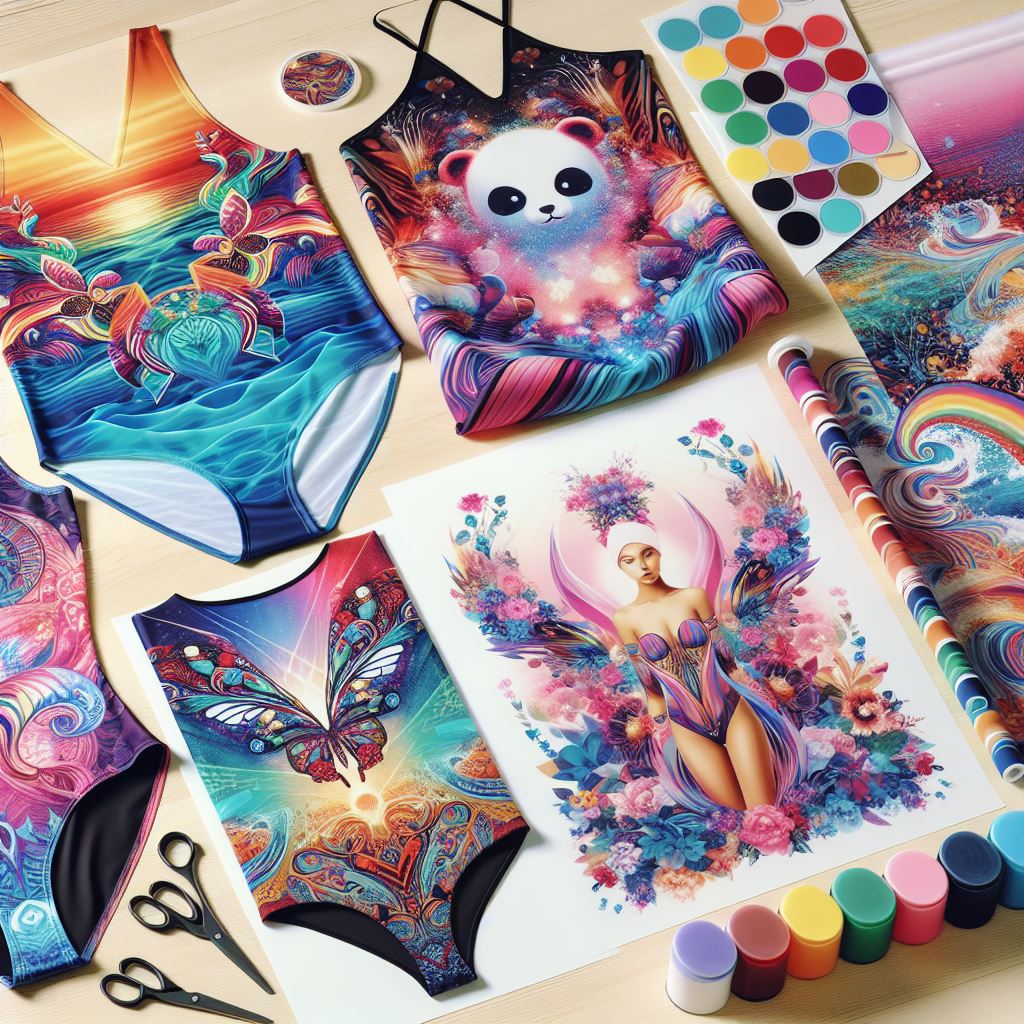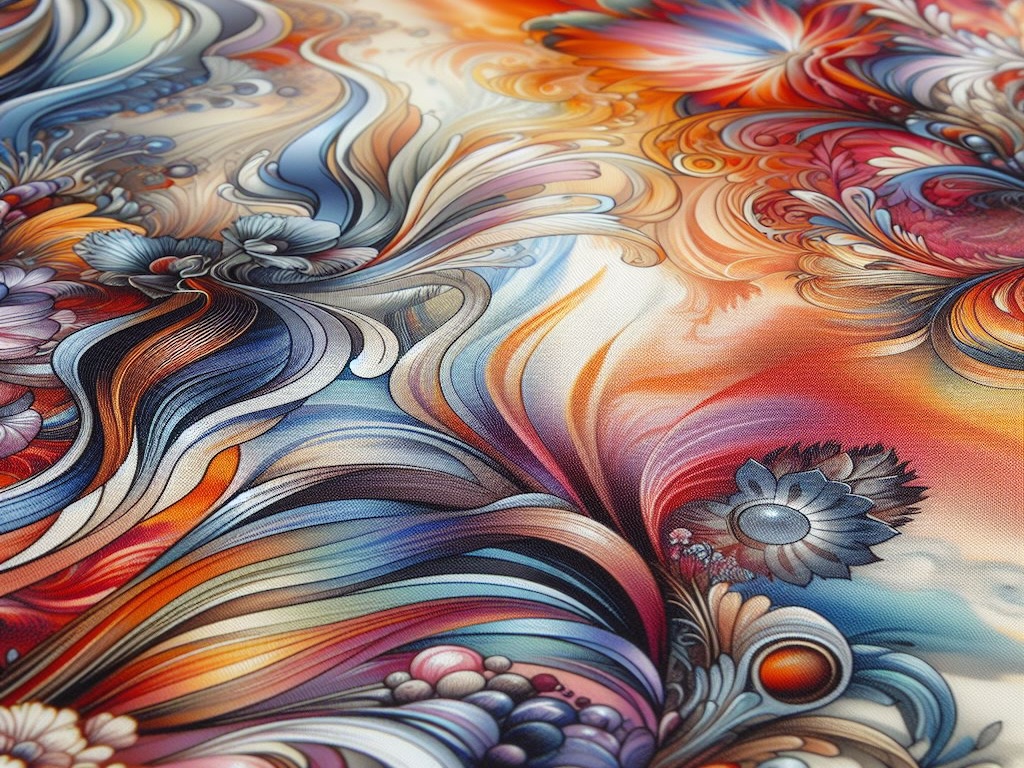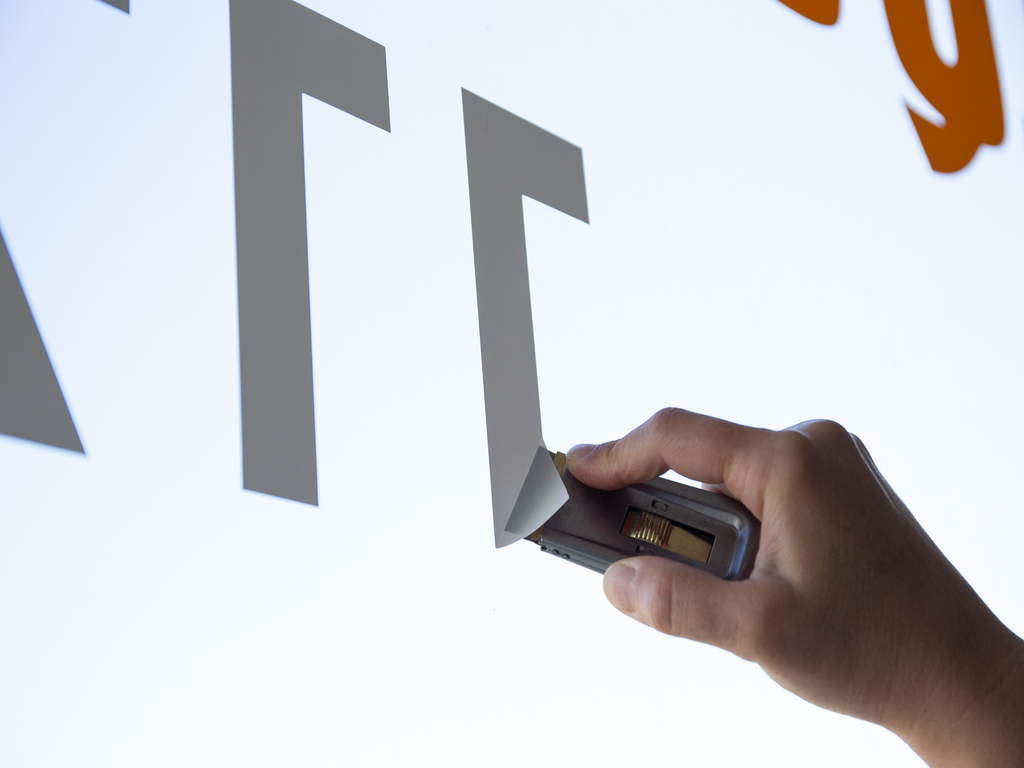Can You Sublimate on Nylon?
Sublimation printing has become a popular method for creating vibrant, full-color designs on a variety of materials. It’s well-known for its success on polyester fabrics, but as the demand for versatility grows, so does the curiosity about its applicability to other fabrics, such as nylon. Triboro Printing, always at the forefront of printing technology and innovation, sheds light on the question: “Can you sublimate on nylon?”
What is nylon?
Nylon is a synthetic polymer, widely recognized as the first commercially successful thermoplastic and is notable for its remarkable strength, elasticity, and resistance to abrasion and chemicals. Developed in the early 20th century, nylon revolutionized the textile industry, offering an alternative to natural fibers with its durability and flexibility. It’s used in a vast array of products, from clothing and accessories to outdoor gear and automotive parts, due to its ability to be engineered into various forms and textures. Nylon’s versatility and resilience make it an indispensable material in modern manufacturing and design.
The Challenge with Nylon
Nylon, a synthetic polymer known for its strength and elasticity, presents a unique challenge for sublimation printing. Unlike polyester, nylon does not naturally absorb sublimation dye in the same way. This is primarily due to nylon’s different chemical composition, which affects how it interacts with the sublimation inks at high temperatures.

ACHIEVING SUBLIMATION ON NYLON
Despite the challenges, sublimation on nylon is possible with the right approach and preparation. The key lies in selecting the right type of nylon and pre-treating the fabric to enhance its compatibility with sublimation inks. Here’s how Triboro Printing navigates the process:
-
- Choosing the Right Nylon: Not all nylon fabrics are suitable for sublimation. Lighter-colored nylons with a higher polymer content offer the best results, as they can better absorb and display the sublimation inks.
- Pre-Treatment: Applying a special coating to the nylon fabric can prepare it for sublimation. This coating acts as a medium, allowing the sublimation ink to bond with the fabric and ensuring that the colors are vibrant and lasting.
- Temperature and Pressure Adjustments: Nylon requires careful attention to heat press settings. Too high temperatures can damage the fabric, while too low may not properly transfer the ink. Finding the optimal temperature and pressure settings is essential for successful sublimation on nylon.
- Testing: Conducting tests on small fabric samples before proceeding with larger projects is advisable to ensure the settings and pre-treatment are correct for the specific type of nylon being used.
CONSIDERATIONS AND LIMITATIONS
-
- Color Limitations: Sublimation printing works best on light-colored or white fabrics. Since sublimation inks are translucent, the base color of the nylon can significantly affect the appearance of the final print.
-
- Wear and Durability: While sublimation on nylon can produce vibrant designs, the durability of the print may vary depending on the fabric’s use and exposure to elements. Proper care and handling can extend the life of the print.
-
- Fabric Stretch: Nylon’s elasticity means that stretched areas of the fabric may display the sublimated design differently. It’s important to consider the fabric’s intended use and stretch characteristics during the design process.
CONCLUSION
Sublimation on nylon is indeed possible and opens up great opportunities for creating customized clothing, accessories, etc. However, it requires careful preparation, the right materials and adjustments to the standard sublimation process, unlike other materials. Triboro Printing’s experience in meeting these challenges allows us to offer unique and high-quality sublimated nylon products that meet the diverse needs of our customers. Whether it’s sportswear, banners or custom merchandise, sublimation on nylon is a great opportunity for creative expression and innovation in the world of printing.




